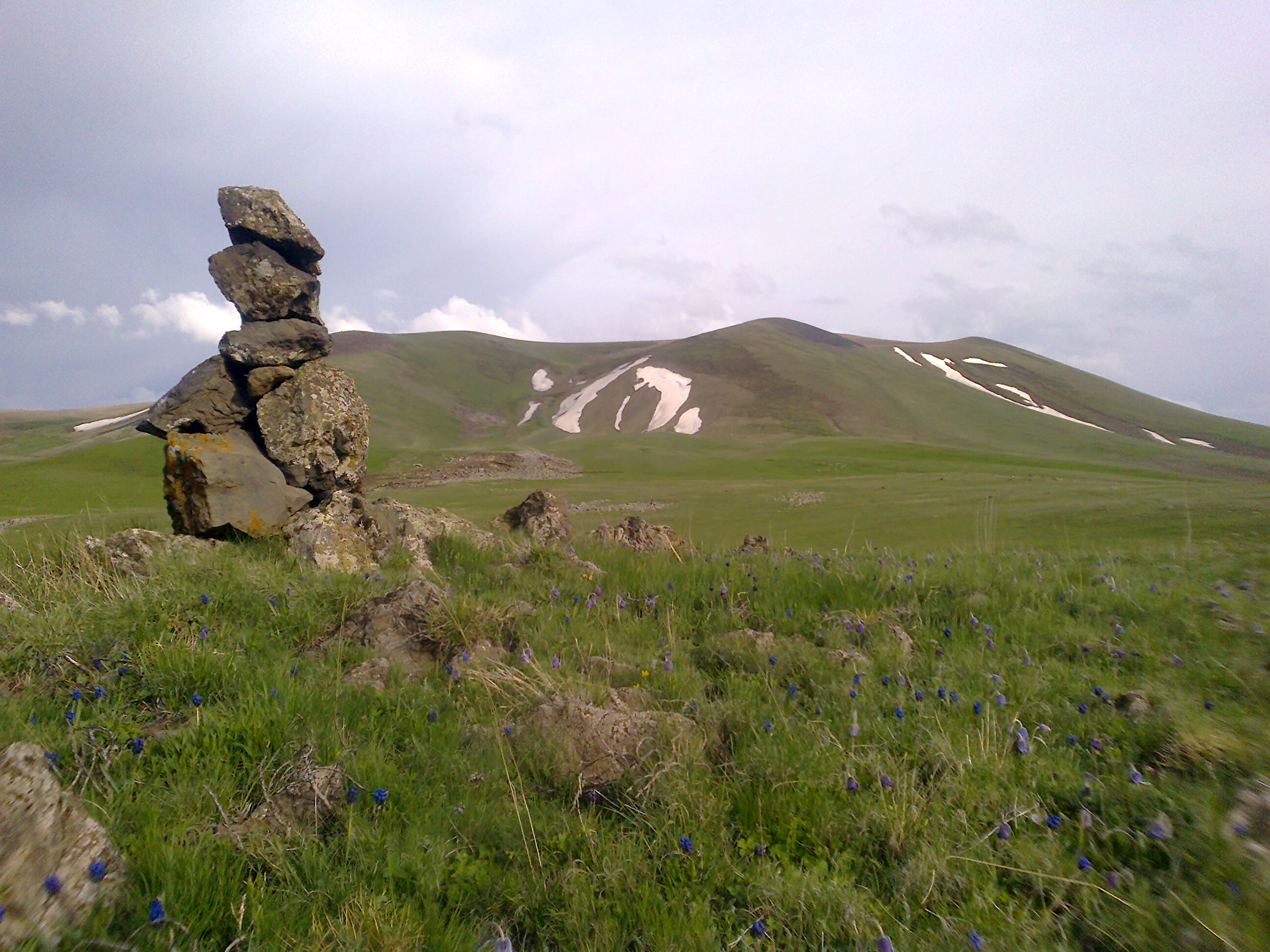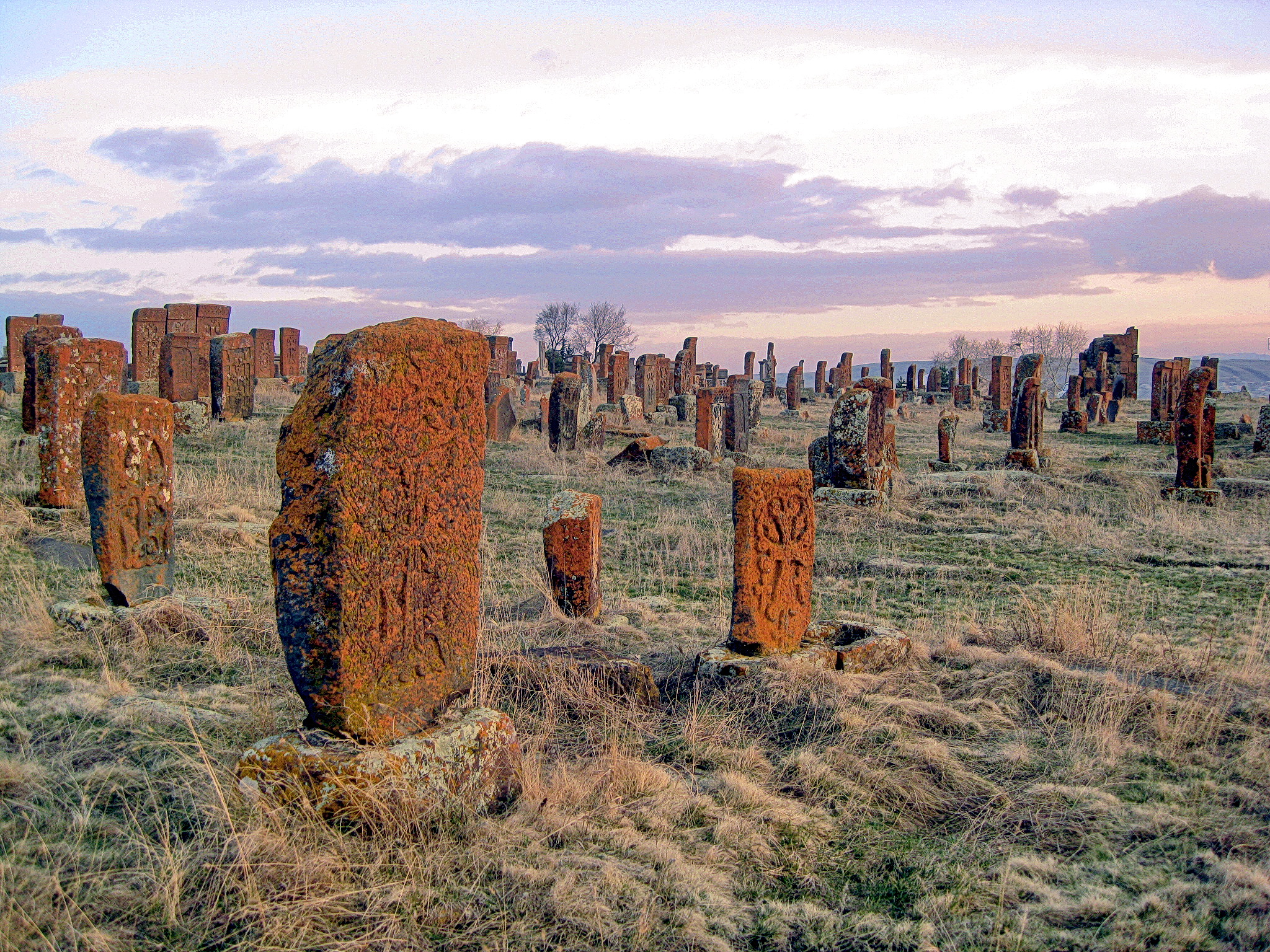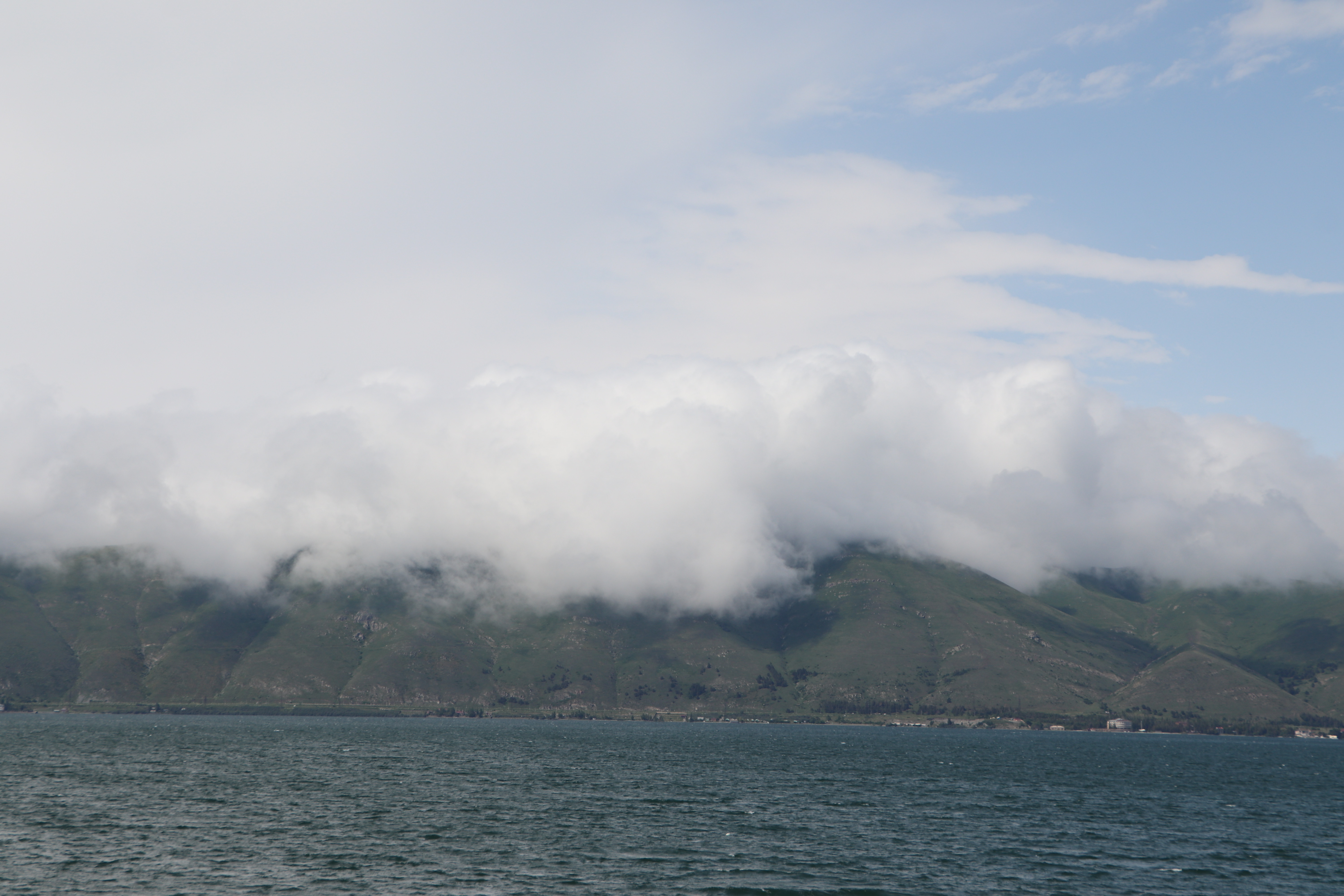|
Vardenis
Vardenis ( ) is a town in the Vardenis Municipality of the Gegharkunik Province of Armenia. It is located in the valley of the Masrik River, on the territory of the Masrik artesian basin at Above mean sea level, above sea level, near the southeastern shores of Lake Sevan. It is by road east of the capital Yerevan, and southeast of the provincial centre Gavar. The administrative territory of Vardenis comprises , of which is occupied by the town itself. Vardenis obtained its status as an urban settlement in 1995. As of the 2011 census, the population of the town was 12,685. However, as per the 2016 official estimate, the population of Vardenis is 12,600. As of the 2022 census, the population of the town was 12,466. Etymology Until 1969, Vardenis was known as ''Basarkechar'' (; ; ). The town was also known as ''Vasakashen'' (). The ancient name of Vasakashen was in reference to Prince Vasak who built his palace here in the middle ages. History The current territory of Vard ... [...More Info...] [...Related Items...] OR: [Wikipedia] [Google] [Baidu] |
Vardenis Khachkars
Vardenis ( ) is a town in the Vardenis Municipality of the Gegharkunik Province of Armenia. It is located in the valley of the Masrik River, on the territory of the Masrik artesian basin at above sea level, near the southeastern shores of Lake Sevan. It is by road east of the capital Yerevan, and southeast of the provincial centre Gavar. The administrative territory of Vardenis comprises , of which is occupied by the town itself. Vardenis obtained its status as an urban settlement in 1995. As of the 2011 census, the population of the town was 12,685. However, as per the 2016 official estimate, the population of Vardenis is 12,600. As of the 2022 census, the population of the town was 12,466. Etymology Until 1969, Vardenis was known as ''Basarkechar'' (; ; ). The town was also known as ''Vasakashen'' (). The ancient name of Vasakashen was in reference to Prince Vasak who built his palace here in the middle ages. History The current territory of Vardenis was part of the ' ... [...More Info...] [...Related Items...] OR: [Wikipedia] [Google] [Baidu] |
Gegharkunik Province
Gegharkunik (, ) is a provinces of Armenia, province (''Administrative divisions of Armenia, marz'') of Armenia. Its capital and largest city is Gavar. Gegharkunik is inhabited by approximately 209,669 people and the majority are ethnic Armenians. Gegharkunik Province is located at the eastern part of Armenia, bordering Azerbaijan. It includes the exclave of Artsvashen, which has been under Azerbaijani occupation since the First Nagorno-Karabakh War. With an area of , Gegharkunik is the largest province in Armenia. However, approximately 24% or of its territory is covered by Lake Sevan, the largest lake in the South Caucasus and a major tourist attraction of the region. The Yerevan-Sevan-Dilijan republican highway runs through the province. Etymology and symbols The early Armenian history Movses Khorenatsi connected the name of Gegharkunik with Gegham, a 5th-generation descendant of the legendary patriarch and founder of the Armenian nation Hayk. Gegham was the father of Sis ... [...More Info...] [...Related Items...] OR: [Wikipedia] [Google] [Baidu] |
Vardenis Municipality
Gegharkunik (, ) is a province ('' marz'') of Armenia. Its capital and largest city is Gavar. Gegharkunik is inhabited by approximately 209,669 people and the majority are ethnic Armenians. Gegharkunik Province is located at the eastern part of Armenia, bordering Azerbaijan. It includes the exclave of Artsvashen, which has been under Azerbaijani occupation since the First Nagorno-Karabakh War. With an area of , Gegharkunik is the largest province in Armenia. However, approximately 24% or of its territory is covered by Lake Sevan, the largest lake in the South Caucasus and a major tourist attraction of the region. The Yerevan-Sevan-Dilijan republican highway runs through the province. Etymology and symbols The early Armenian history Movses Khorenatsi connected the name of Gegharkunik with Gegham, a 5th-generation descendant of the legendary patriarch and founder of the Armenian nation Hayk. Gegham was the father of Sisak (founder of the Siunia dynasty) and Harma (grandfather ... [...More Info...] [...Related Items...] OR: [Wikipedia] [Google] [Baidu] |
Vardenis District
The Vardenis District (; ) was a ''raion'' (district) of the Armenian Soviet Socialist Republic from 1930 and later in 1991 of the Republic of Armenia until its disestablishment in 1995. The Vardenis District today constitutes a southeastern part of the Gegharkunik Province ( ''marz''). Its administrative centre was the town Vardenis. History The Vardenis District was formed on the territory of the Armenian SSR in 1930, originally forming part of the Tsarist Nor Bayazet uezd. The district and its capital were originally known as ''Basargechar'' (; ) before being renamed to Vardenis in 1969. Following the dissolution of the Soviet Union The Soviet Union was formally dissolved as a sovereign state and subject of international law on 26 December 1991 by Declaration No. 142-N of the Soviet of the Republics of the Supreme Soviet of the Soviet Union. Declaration No. 142-Н of ..., the Republic of Armenia consolidated the Vardenis, Kamo, Krasnoselsk, Martuni, and Sevan ... [...More Info...] [...Related Items...] OR: [Wikipedia] [Google] [Baidu] |
Municipalities Of Armenia
A municipality in Armenia referred to as community ( ''hamaynk'', plural: ''hamaynkner''), is an administrative subdivision consisting of a settlement ( ''bnakavayr'') or a group of settlements ( ''bnakavayrer'') that enjoys local self-government. The settlements are classified as either towns ( ''kaghakner'', singular ''kaghak'') or villages ( ''gyugher'', singular ( ''gyugh''). The administrative centre of a community could either be an urban settlement (town) or a rural settlement (village). Two-thirds of the population are now urbanized. As of 2017, 63.6% of Armenians live in urban areas as compared to 36.4% in rural. As of the end of 2017, Armenia has 503 municipal communities (including Yerevan) of which 46 are urban and 457 are rural. The capital, Yerevan, also has the status of a community. Each municipality bears the same name as its administrative centre, with the exception of 7 municipalities, of which 4 are located in Shirak Province (Ani Municipality with its c ... [...More Info...] [...Related Items...] OR: [Wikipedia] [Google] [Baidu] |
Lake Sevan
Lake Sevan () is the largest body of water in both Armenia and the Caucasus region. It is one of the largest freshwater Alpine lake, high-altitude (alpine) lakes in Eurasia. The lake is situated in Gegharkunik Province, at an altitude of above sea level. The total surface area of its basin is about , which makes up of Armenia's territory. The lake itself is , and the volume is . It is fed by 28 rivers and streams. Only 10% of the incoming water is drained by the Hrazdan River, while the remaining 90% evaporates. Sevan has significant economic, cultural, and recreational value. Its sole major island (now a peninsula) is home to a Sevanavank, medieval monastery. The lake provides some 90% of the fish and 80% of the crayfish catch of Armenia. Sevan was heavily exploited for irrigation of the Ararat plain and hydroelectric power generation during the Soviet period. Consequently, its water level decreased by around and its volume reduced by more than 40%. Later, two Water tunne ... [...More Info...] [...Related Items...] OR: [Wikipedia] [Google] [Baidu] |
2020 Nagorno-Karabakh War
The Second Nagorno-Karabakh War was an armed conflict in 2020 that took place in the disputed region of Nagorno-Karabakh and the surrounding occupied territories. It was a major escalation of an unresolved conflict over the region, involving Azerbaijan, Armenia and the self-declared Armenian breakaway state of Artsakh. The war lasted for 44 days and resulted in Azerbaijani victory, with the defeat igniting anti-government protests in Armenia. Post-war skirmishes continued in the region, including substantial clashes in 2022. Fighting began on the morning of 27 September, with an Azerbaijani offensive along the line of contact established in the aftermath of the First Nagorno-Karabakh War (1988–1994). Clashes were particularly intense in the less mountainous districts of southern Nagorno-Karabakh. Turkey provided military support to Azerbaijan. The war was marked by the deployment of drones, sensors, long-range heavy artillery and missile strikes, as well as by stat ... [...More Info...] [...Related Items...] OR: [Wikipedia] [Google] [Baidu] |
Syunik (historic Province)
Syunik () was a region of historical Armenia and the ninth province (') of the Kingdom of Armenia from 189 BC until 428 AD. From the 7th to 9th centuries, it fell under Arab control. In 821, it formed two Armenian principalities: Kingdom of Syunik and principality of Khachen, which around the year 1000 was proclaimed the Kingdom of Artsakh, becoming one of the last medieval eastern Armenian kingdoms and principalities to maintain its autonomy following the Turkic invasions of the 11th to 14th centuries.Hewsen. ''Armenia'', pp. 118-121. Name The name Syunik is ancient and appears in the earliest Armenian written sources. ', a later name for the province of Iranian origin, first appears in the 6th-century Syriac chronicle of Pseudo-Zacharias; it is first mentioned in Armenian sources in the history of Movses Khorenatsi, who explains this name as deriving from Sisak, the name of one of the descendants of the legendary Armenian progenitor Hayk. Strabo mentions a region of Arm ... [...More Info...] [...Related Items...] OR: [Wikipedia] [Google] [Baidu] |
Western Armenia
Western Armenia (Western Armenian: Արեւմտեան Հայաստան, ''Arevmdian Hayasdan'') is a term to refer to the western parts of the Armenian highlands located within Turkey (formerly the Ottoman Empire) that comprise the historical homeland of the Armenians. Western Armenia, also referred to as Byzantine Armenia, emerged following the division of Greater Armenia between the Byzantine Empire (Western Armenia) and Sassanid Persia ( Eastern Armenia) in AD 387. Since the Armenian genocide, the Armenian diaspora as well as Armenians indigenous to modern Turkey have sought political representation in Western Armenia or reunification with the Republic of Armenia. The area was conquered by the Ottomans in the 16th century during the Ottoman–Safavid War (1532–1555) against their Iranian Safavid arch-rivals. Being passed on from the former to the latter, Ottoman rule over the region became only decisive after the Ottoman–Safavid War of 1623–1639. The area th ... [...More Info...] [...Related Items...] OR: [Wikipedia] [Google] [Baidu] |
Artsakh (historic Province)
Artsakh may refer to: Places * Artsakh (historical province), in the ancient Kingdom of Armenia * Kingdom of Artsakh, a medieval Armenian Kingdom * Nagorno-Karabakh, region in the South Caucasus, also known as Artsakh * Republic of Artsakh, a breakaway state in the South Caucasus which existed from 1991 to 2023 Other uses * "Artsakh" (song), a 1999 instrumental folk song by Armenian composer Ara Gevorgyan * "Artsakh", a single by Armenian American composer and singer Serj Tankian See also * * Arsak (other) * Karabakh (other) {{disambiguation, geo ... [...More Info...] [...Related Items...] OR: [Wikipedia] [Google] [Baidu] |
Georgia (country)
Georgia is a country in the Caucasus region on the coast of the Black Sea. It is located at the intersection of Eastern Europe and West Asia, and is today generally regarded as part of Europe. It is bordered to the north and northeast by Russia, to the south by Turkey and Armenia, and to the southeast by Azerbaijan. Georgia covers an area of . It has a Demographics of Georgia (country), population of 3.7 million, of which over a third live in the capital and List of cities and towns in Georgia (country), largest city, Tbilisi. Ethnic Georgians, who are native to the region, constitute a majority of the country's population and are its titular nation. Georgia has been inhabited since prehistory, hosting the world's earliest known sites of winemaking, gold mining, and textiles. The Classical antiquity, classical era saw the emergence of several kingdoms, such as Colchis and Kingdom of Iberia, Iberia, that formed the nucleus of the modern Georgian state. In the early fourth centu ... [...More Info...] [...Related Items...] OR: [Wikipedia] [Google] [Baidu] |
List Of Sovereign States
The following is a list providing an overview of sovereign states around the world with information on their status and recognition of their sovereignty. The 205 listed states can be divided into three categories based on membership within the United Nations System: 193 member states of the United Nations, UN member states, two United Nations General Assembly observers#Current non-member observers, UN General Assembly non-member observer states, and ten other states. The ''sovereignty dispute'' column indicates states having undisputed sovereignty (188 states, of which there are 187 UN member states and one UN General Assembly non-member observer state), states having disputed sovereignty (15 states, of which there are six UN member states, one UN General Assembly non-member observer state, and eight de facto states), and states having a political status of the Cook Islands and Niue, special political status (two states, both in associated state, free association with New ... [...More Info...] [...Related Items...] OR: [Wikipedia] [Google] [Baidu] |






